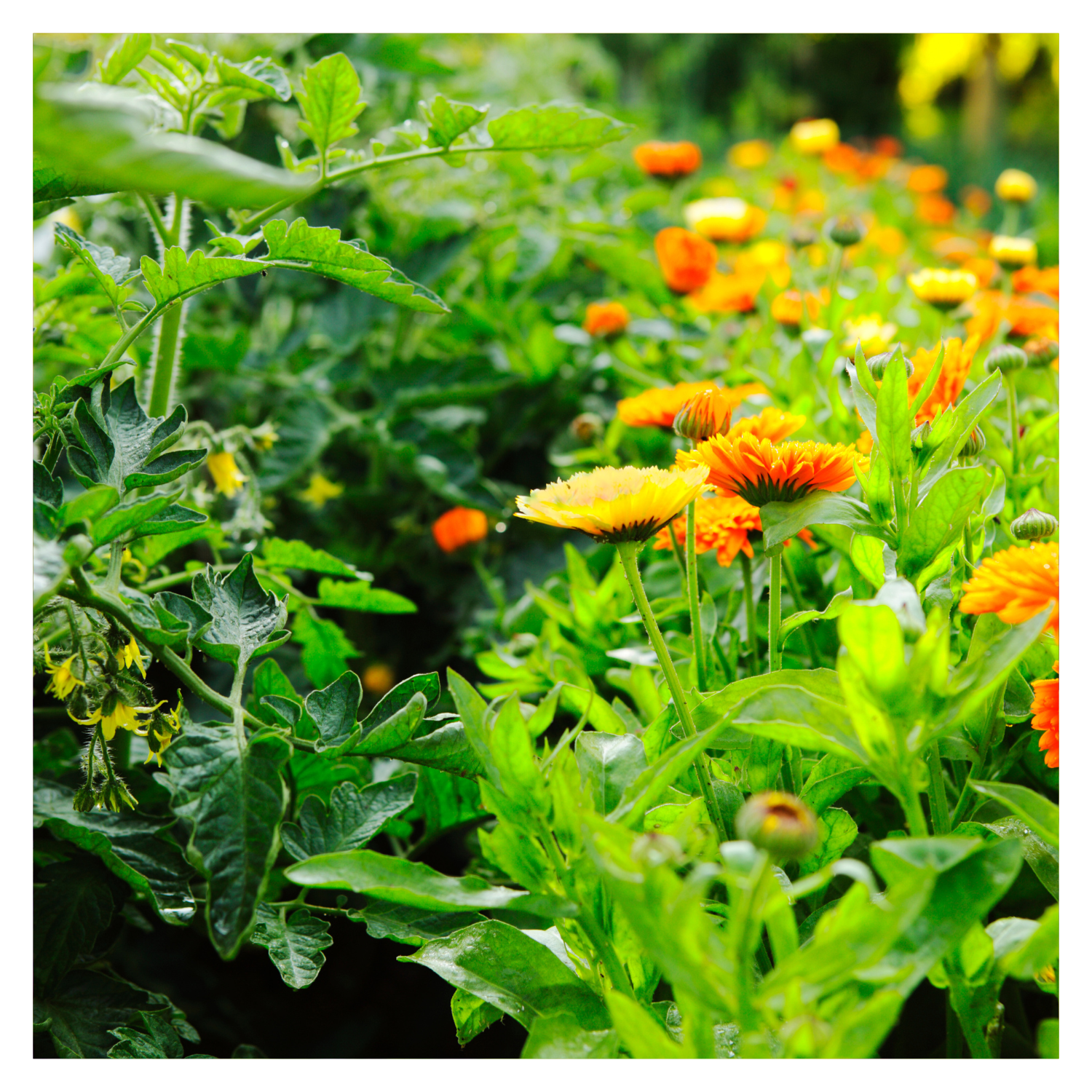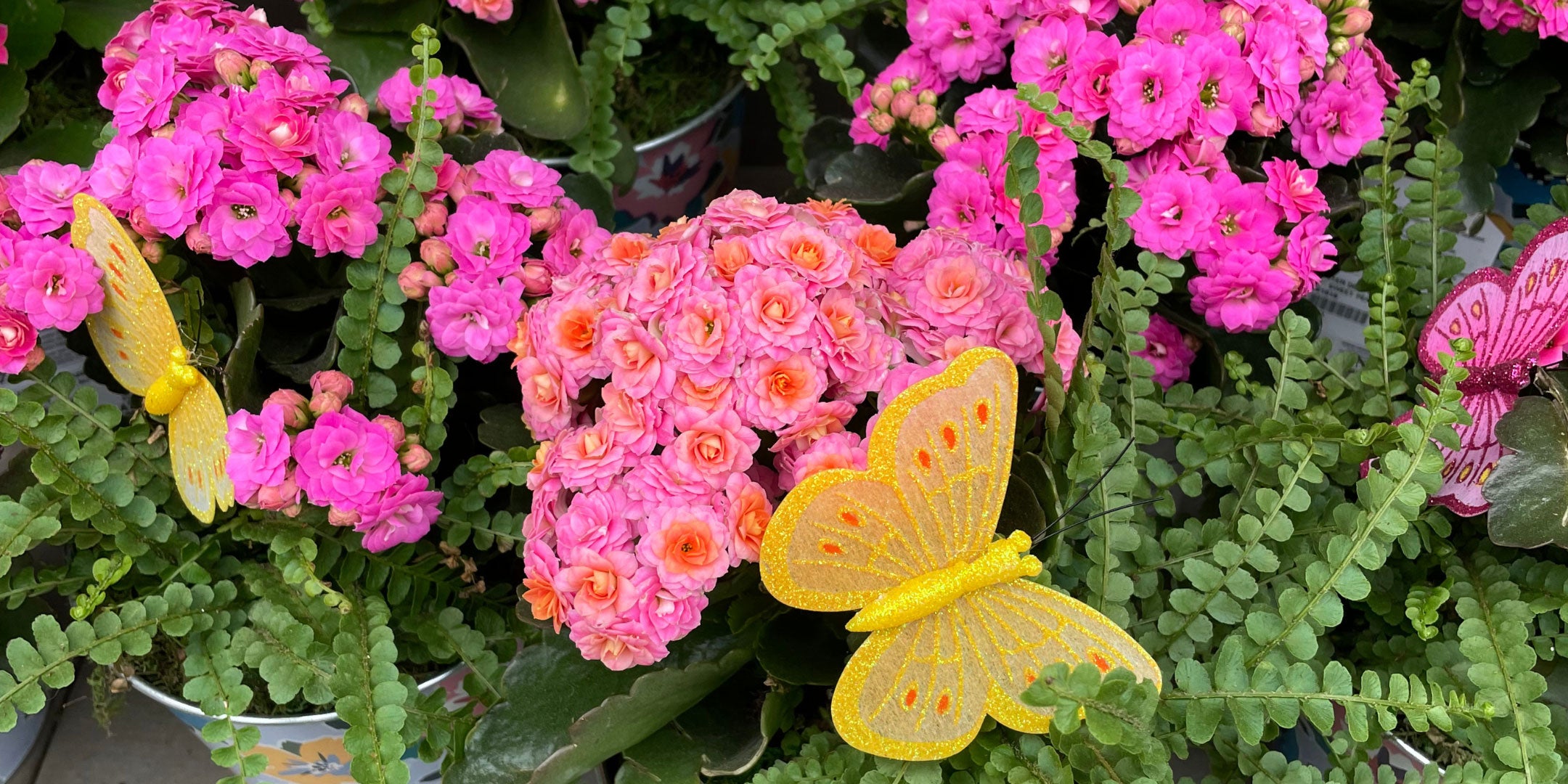Companion planting is a time-honoured gardening technique where certain plants are grown together to benefit each other. This method can improve plant health, deter pests, and enhance yields. For gardeners in Zone 4, understanding which plants thrive together can make a significant difference in the success of your garden. This article explores the principles of companion planting and offers specific plant pairings suitable for our climate.
Understanding Companion Planting
Companion planting leverages the natural relationships between plants. Some plants release chemicals that deter pests, while others attract beneficial insects. Certain combinations can improve soil fertility, reduce the spread of diseases, or optimize space and resources. The key is to understand the needs and characteristics of each plant and how they interact with others. Additionally, companion planting can boost your garden's design and colour by strategically placing plants with complementary foliage and flowers, creating a visually appealing and harmonious garden landscape.
Zone 4 Climate Considerations
Zone 4 experiences cold winters with average minimum temperatures ranging from -30°F to -20°F (-34°C to -29°C). The growing season is relatively short, typically from late May to early September. Gardeners in this zone must choose plants that can withstand these conditions and mature quickly.
Companion Planting Combinations: Vegetables
1. Tomatoes and Basil
- Benefits: Basil repels aphids, spider mites, and mosquitoes, and can improve the flavor of tomatoes.
- Planting Tips: Plant basil around the base of tomato plants, ensuring both have enough sunlight and space to grow.
2. Carrots and Onions
- Benefits: Onions repel carrot flies, while carrots can help deter onion flies.
- Planting Tips: Alternate rows of carrots and onions, keeping them well-watered and weed-free.
3. Beans and Corn
- Benefits: Beans fix nitrogen in the soil, benefiting the nutrient-hungry corn. Corn provides a natural support for climbing bean varieties.
- Planting Tips: Plant corn in rows and sow beans at the base once the corn is a few inches tall.
4. Cabbage and Dill
- Benefits: Dill attracts beneficial insects like predatory wasps that help control cabbage pests.
- Planting Tips: Scatter dill seeds around your cabbage plants, but avoid planting too densely to ensure air circulation.
5. Lettuce and Radishes
- Benefits: Radishes mature quickly and can be harvested before the lettuce needs more space, providing a natural marker for rows.
- Planting Tips: Interplant radishes with lettuce, ensuring consistent moisture to avoid bitterness in the lettuce.
Perennial Companions in Zone 4
Perennials are plants that return year after year, making them a valuable component of a sustainable garden. In Zone 4, where the growing season is short, perennials can provide early and late-season interest and benefits.
Edible Perennials
- Asparagus and Strawberries
- Benefits: Asparagus and strawberries can thrive together without competing for resources. Asparagus grows tall and has deep roots, while strawberries spread low and have shallow roots.
- Planting Tips: Plant asparagus crowns in well-drained soil and place strawberry plants around the base, ensuring adequate space for both to spread.
- Rhubarb and Chives
- Benefits: Chives can repel aphids and other pests that might target rhubarb.
- Planting Tips: Plant chives around the edges of your rhubarb patch to create a natural pest barrier.
Non-Edible Perennials
- Echinacea (Coneflower) and Yarrow
- Benefits: Echinacea attracts pollinators such as bees and butterflies, while yarrow improves soil health and attracts beneficial insects that prey on garden pests.
- Planting Tips: Plant yarrow around the base of echinacea to maximize their mutual benefits and ensure adequate spacing for air circulation.
- Lavender and Roses
- Benefits: Lavender repels pests such as aphids and also attracts pollinators, enhancing the health and bloom of roses.
- Planting Tips: Plant lavender around the base of rose bushes, ensuring they receive plenty of sunlight and have well-drained soil.
Annual Companions in Zone 4
Annuals complete their life cycle in one growing season, offering flexibility and the opportunity to experiment with different plant combinations each year.
Edible Annuals
- Marigolds and Beans
- Benefits: Marigolds deter nematodes and other pests, benefiting beans and other vegetables.
- Planting Tips: Interplant marigolds with beans, ensuring the marigolds are placed in a way that doesn't overshadow the beans.
- Nasturtiums and Squash
- Benefits: Nasturtiums attract aphids away from squash and other vegetables and also repel squash bugs.
- Planting Tips: Plant nasturtiums around the perimeter of your squash patch, creating a protective barrier.
Non-Edible Annuals
- Zinnias and Cosmos
- Benefits: Zinnias and cosmos both attract pollinators and beneficial insects such as ladybugs and hoverflies, which help control pests.
- Planting Tips: Mix zinnias and cosmos throughout your garden to create a colourful display that supports a healthy garden ecosystem.
- Alyssum and Petunias
- Benefits: Alyssum attracts beneficial insects that help control aphids, while petunias repel asparagus beetles, leafhoppers, and tomato worms.
- Planting Tips: Plant alyssum and petunias together in flower beds or borders to enhance their mutual benefits and add vibrant color to your garden.
Additional Tips for Successful Companion Planting
- Rotation: Rotate your crops each year to prevent soil depletion and reduce the risk of diseases.
- Diversity: A diverse garden is less susceptible to pest outbreaks. Mix flowers, herbs, and vegetables to create a balanced ecosystem.
- Spacing: Ensure adequate spacing to prevent competition for resources and allow air circulation.
Companion planting is an effective and environmentally friendly way to enhance your garden’s productivity and health, especially in the challenging climate of Zone 4. By understanding the relationships between plants and utilizing strategic pairings, you can proactively create a garden that is not only productive but also beautiful and healthy. Remember, every plant you buy will have a companion plant that can enhance its growth and health; however, it might require a little research and trial and error to discover what works best.




